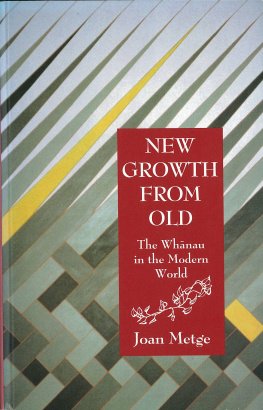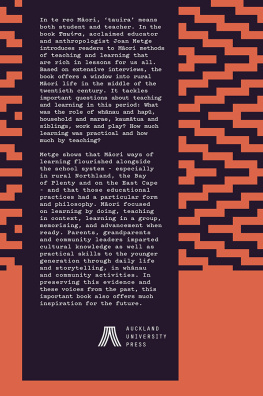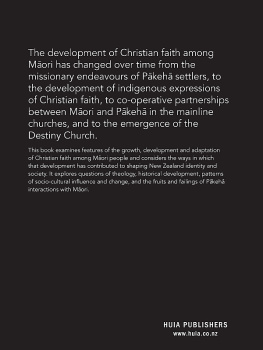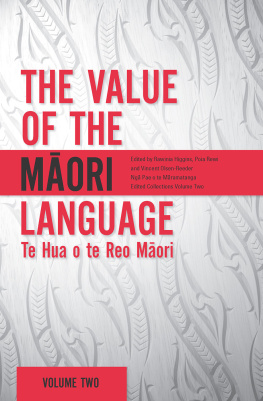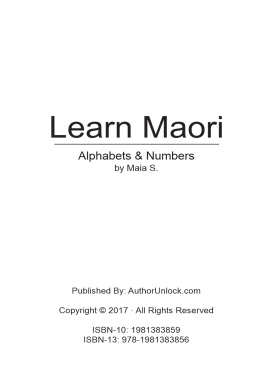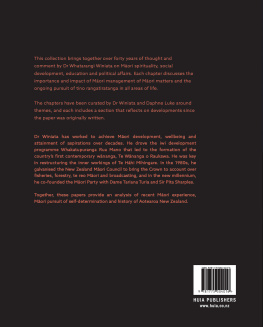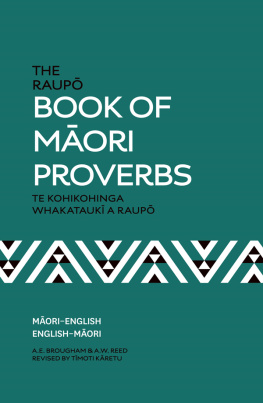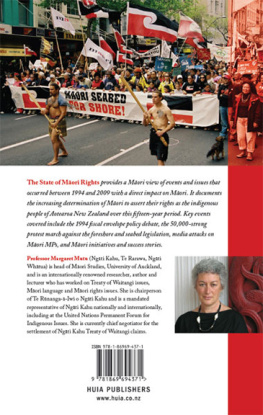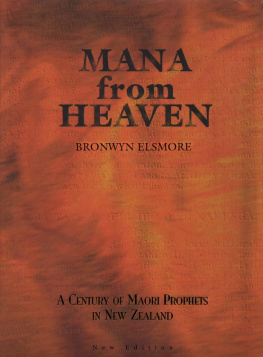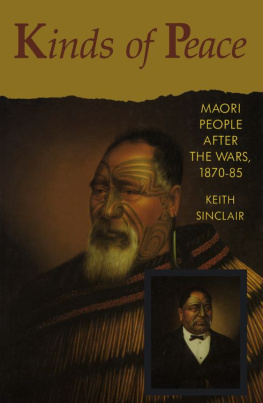First published 1964 by The Athlone Press
Republished 2004 by Berg Publishers
Published 2020 by Routledge
2 Park Square, Milton Park, Abingdon, Oxon OX14 4RN
605 Third Avenue, New York, NY 10017
Routledge is an imprint of the Taylor & Francis Group, an informa business
Copyright J. M. Gullick 1964
All rights reserved. No part of this book may be reprinted or reproduced or utilised in any form or by any electronic, mechanical, or other means, now known or hereafter invented, including photocopying and recording, or in any information storage or retrieval system, without permission in writing from the publishers.
Notice:
Product or corporate names may be trademarks or registered trademarks, and are used only for identification and explanation without intent to infringe.
ISBN13: 978-1-8597-3899-3 (hbk)
Preface
THIS book is a revised version of a thesis presented for the degree of Doctor of Philosophy in the University of London in November 1957. It is based on field research carried out in New Zealand, in the city of Auckland, for two years in 1953 and 1954 with occasional short visits during 1955, and in a rural community (to which I have given the pseudonym of tare) in Northland for a total of five months during the first seven of 10??.
Acknowledgment of financial assistance is gratefully made to the University of New Zealand for a Science Research Fellowship, which financed my two years fieldwork in Auckland; and to the Carnegie Social Science Research Committee (University of New Zealand) for a grant which enabled me to spend another six months in the field (mainly in Ktare) in 1955, and for a research fellowship, awarded for a two-year term beginning in June 1958, during which I revisited Ktare to check material and hypotheses presented in the thesis and completed the revision of the thesis for publication (as well as carrying out new research). I am most grateful to the Maori Purposes Fund Board for a grant towards the cost of travel to London and another towards the cost of this book, including illustrations; to the Emslie Homiman Anthropological Fund for the award of a Horniman Anthropological Studentship for the academic year 1955-6 and for a grant towards the cost of maps and tables in this book; to the New Zealand Federation of University Women, who awarded me their 1956-7 Fellowship; and to the International Federation of University Women for a Winifred Cullis Grant (1957).
I owe a deep debt or gratitude to my teachers and colleagues over the years. Messrs V. F. Fisher and R. A. Scobie and Dr G. Archey of the Auckland War Memorial Museum first fostered my interest in Anthropology. To Professor R. Piddington of Auckland University I owe my early theoretical training and kindly and helpful supervision during my period in the field. I am deeply grateful to my tutor at the London School of Economics, Professor Raymond Firth, for his wise and stimulating guidance and his unfailing encouragement. I am also indebted to Professor Schapera and to my postgraduate colleagues at the School for their constructive criticism during seminars.
The number ox those in New Zealand who assisted and encouraged me in my work is too great for individual acknowledgment, but I should like to record my appreciation of the co-operation received from the Department of Maori Affairs, consistently and over many years, in Auckland, Wellington and Kaitaia; from the Department of Census and Statistics in Wellington; from the Waitemata Tribal Executive and the City Branch of the Maori Womens Welfare League; from the Maori Missioners of the Anglican, Methodist, Presbyterian and Roman Catholic Churches in Auckland, and from the Wardens of the United Maori Mission Hostels. I also thank Mr John Waititi for advice on the spelling of Maori words.
I owe more than I can say to my parents for the many ways in which they have given me their support in my work. I should also like to thank Miss D. Wyatt, who gave me a home in London, and Dr Alice Dewey, Miss Gladys Rice, Miss Myrtle Pulham, and Mr Stephen Rumsey for their assistance with the reproduction, assembling and checking of the thesis and its revised copy.
Lastly, in the place of honour, according to their own custom, I try to find words to pay my debt of gratitude to the Maoris with whom I worked in Auckland and in Kotare. Knowing that they would prefer to preserve their anonymity, I shall refrain from mentioning them by name. Instead, I thank them collectively for their patience and forbearance, for their warm hospitality, and above all for the priceless gift of their friendship. I hope that the affection and respect which they inspired in me will shine through the cold print of the following pages.
A. J. M.
Auckland
1960


